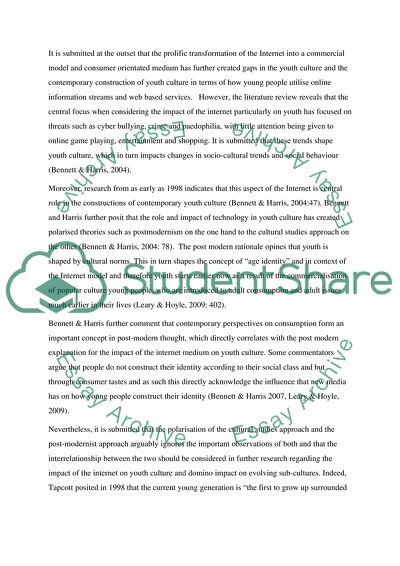Cite this document
(Socializing On the Internet Is Reshaping Our Society Research Paper, n.d.)
Socializing On the Internet Is Reshaping Our Society Research Paper. Retrieved from https://studentshare.org/information-technology/1747172-do-you-think-that-socializing-over-the-internet-is-reshaping-our-society
Socializing On the Internet Is Reshaping Our Society Research Paper. Retrieved from https://studentshare.org/information-technology/1747172-do-you-think-that-socializing-over-the-internet-is-reshaping-our-society
(Socializing On the Internet Is Reshaping Our Society Research Paper)
Socializing On the Internet Is Reshaping Our Society Research Paper. https://studentshare.org/information-technology/1747172-do-you-think-that-socializing-over-the-internet-is-reshaping-our-society.
Socializing On the Internet Is Reshaping Our Society Research Paper. https://studentshare.org/information-technology/1747172-do-you-think-that-socializing-over-the-internet-is-reshaping-our-society.
“Socializing On the Internet Is Reshaping Our Society Research Paper”, n.d. https://studentshare.org/information-technology/1747172-do-you-think-that-socializing-over-the-internet-is-reshaping-our-society.


